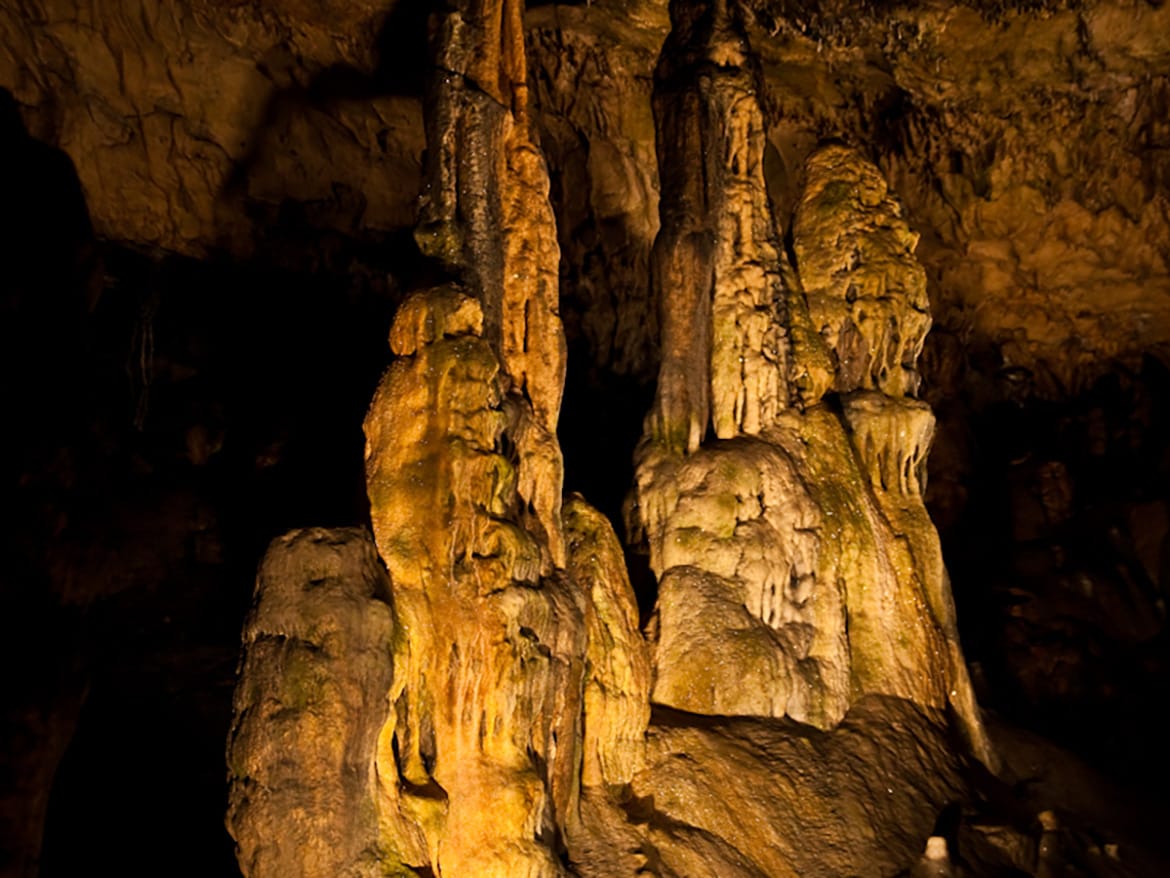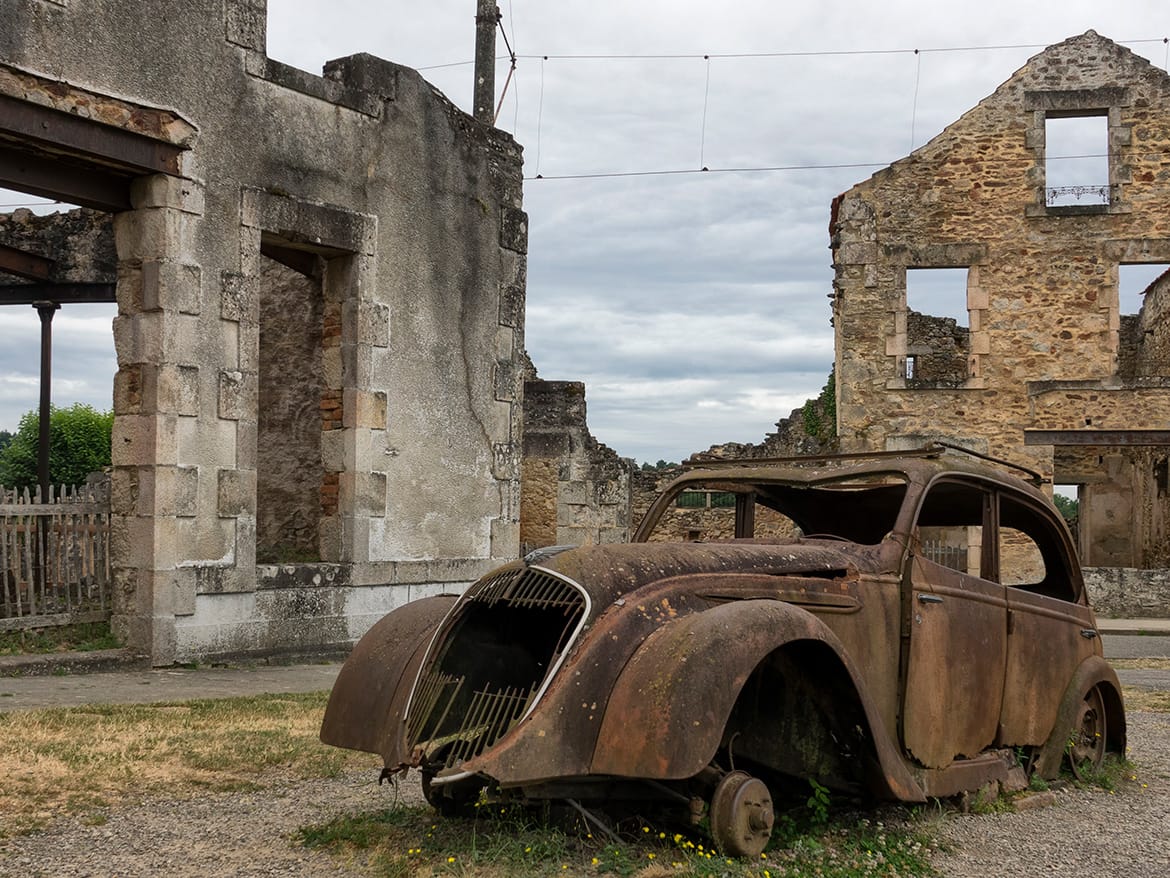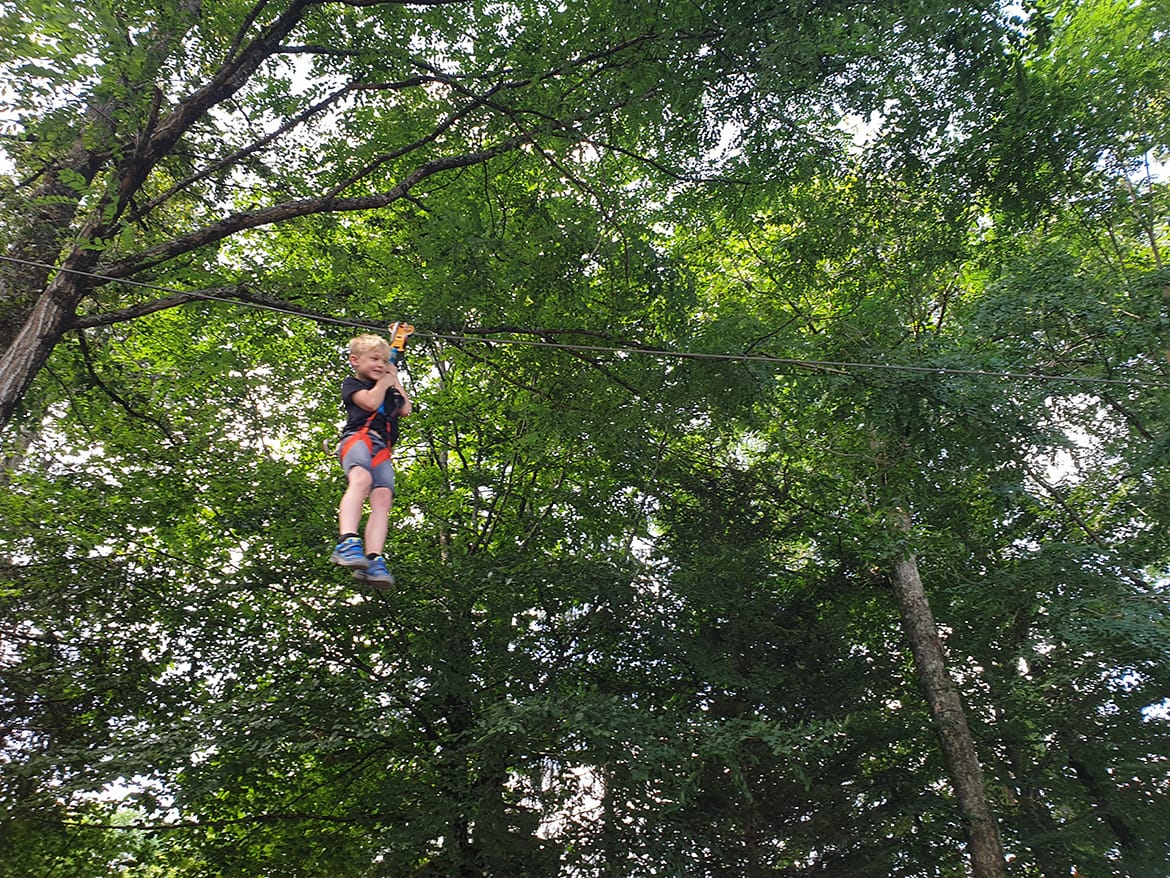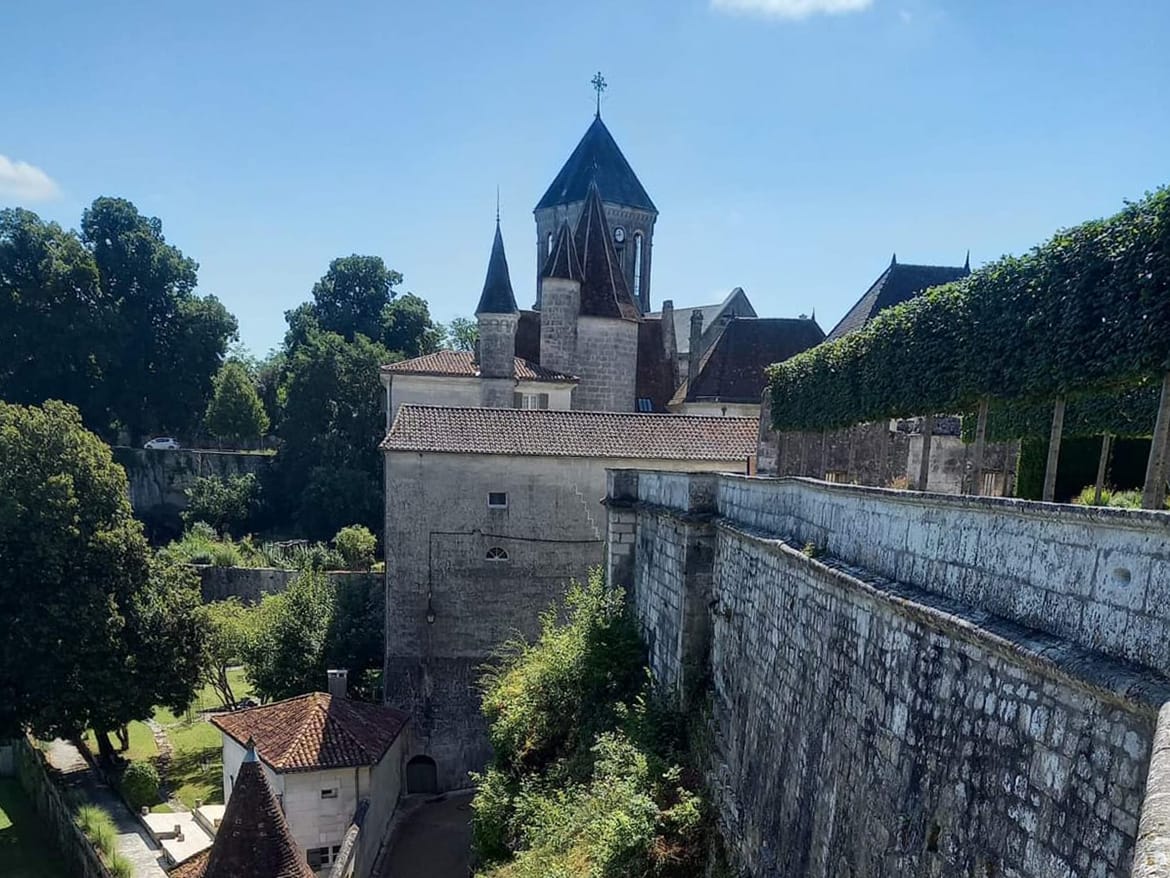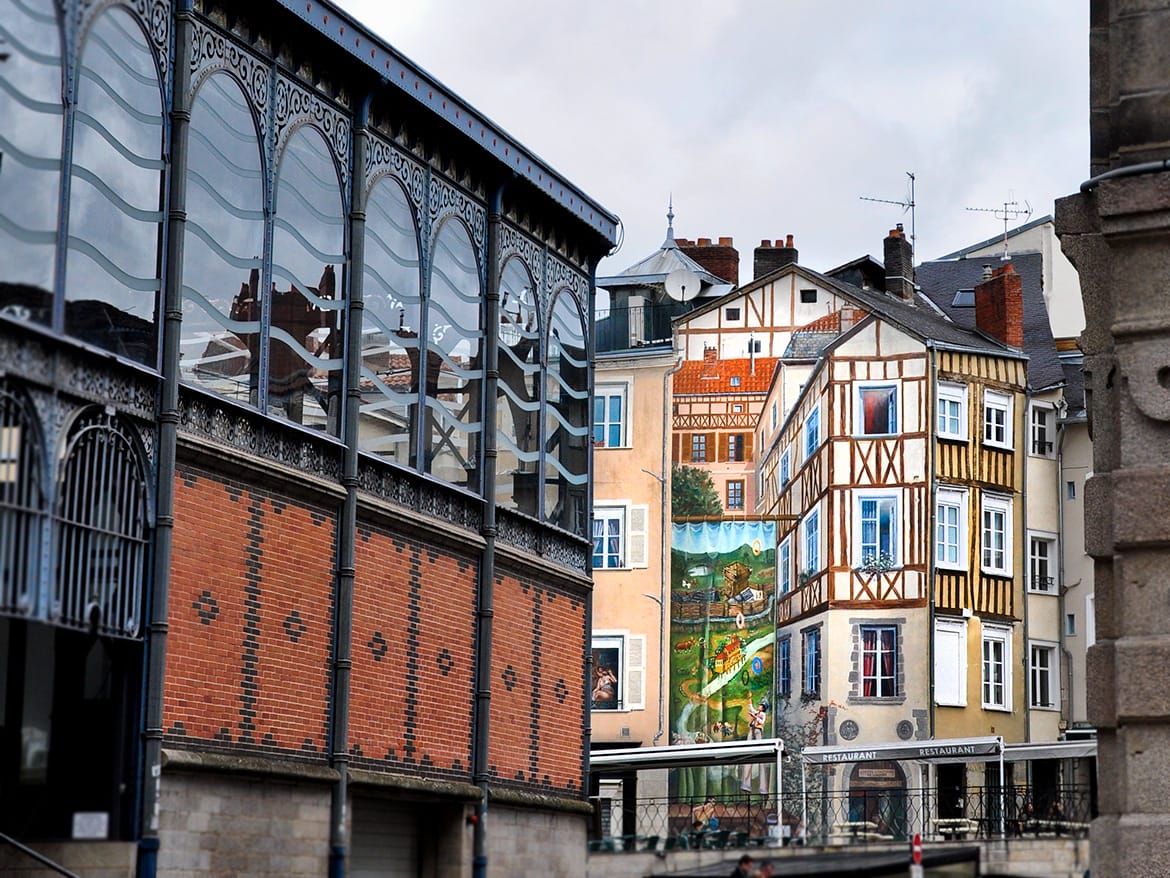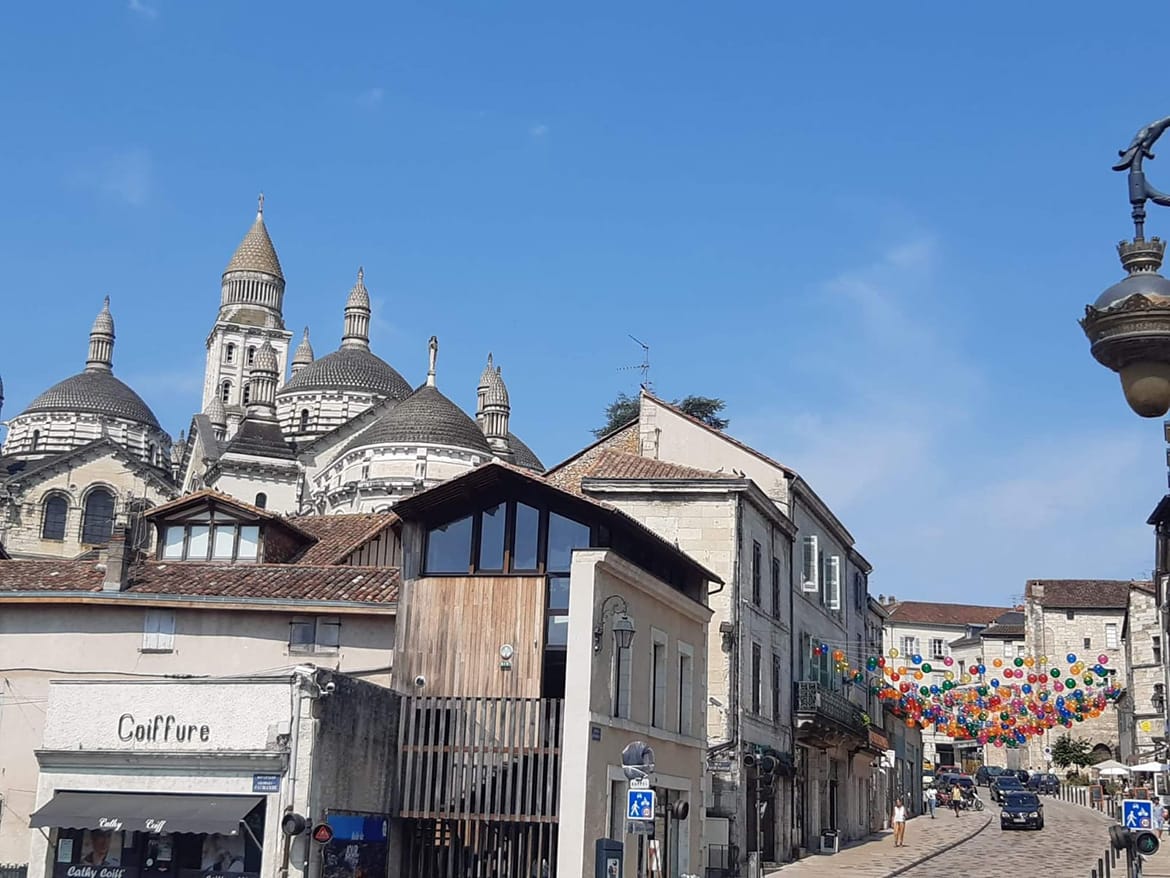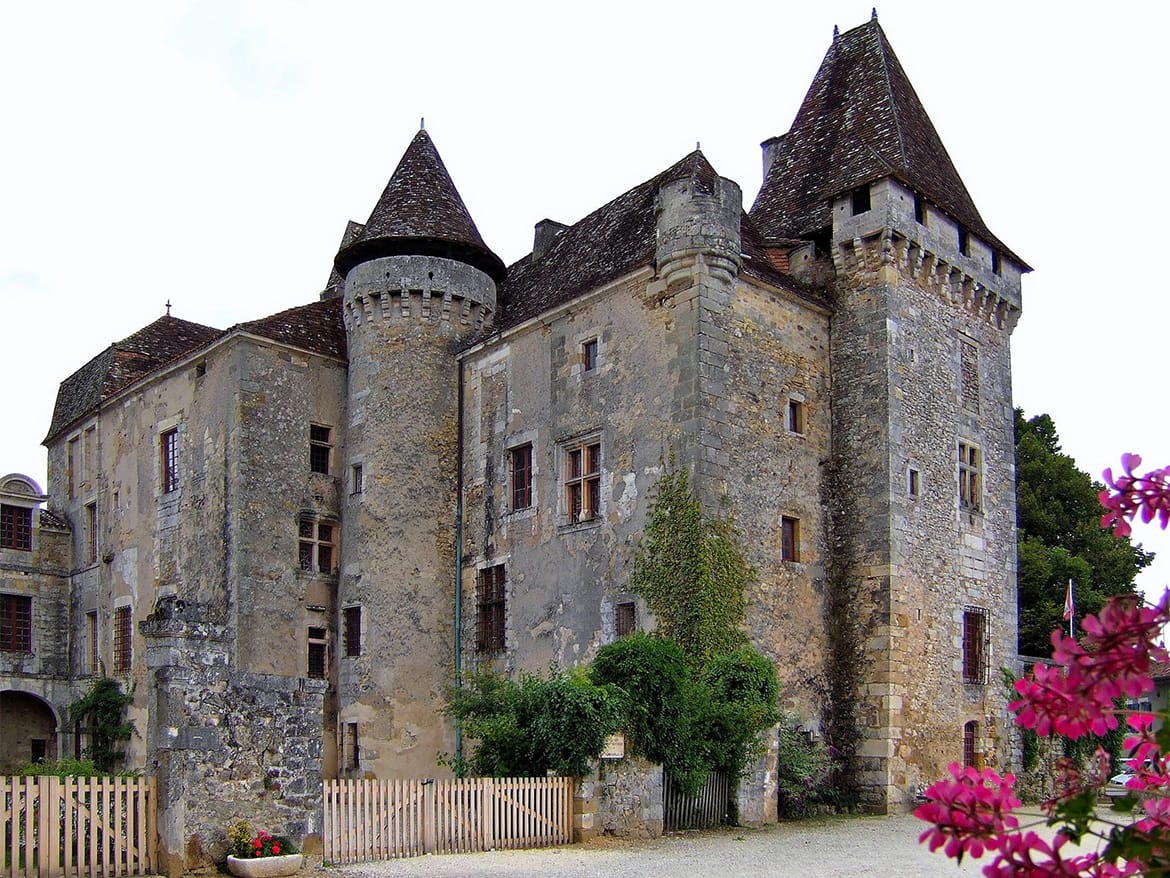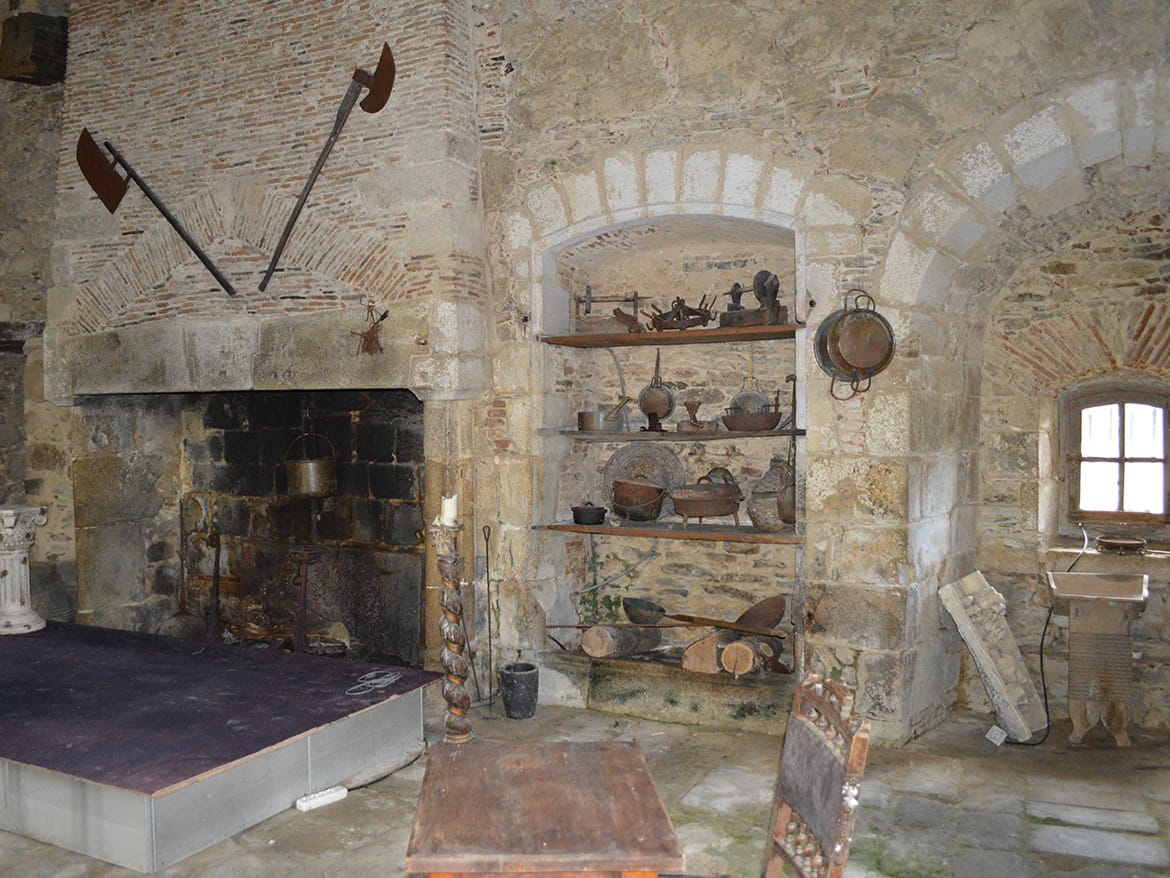
Brantome
Brantome is an attractive town on the northern edge of the Dordogne department, sometimes referred to as the Venice of the Dordogne. Brantome has a beautiful mix of medieval and renaissance architecture and is rated as one of 'Les Plus Beaux Detours' most beautiful detours in France.
A must see is the Benedictine Abbey, the Abbey began life as habitable caves which can be visited at night during the peak holiday season. You will find plenty of restaurants in which to sit down to admire the views.
Top



